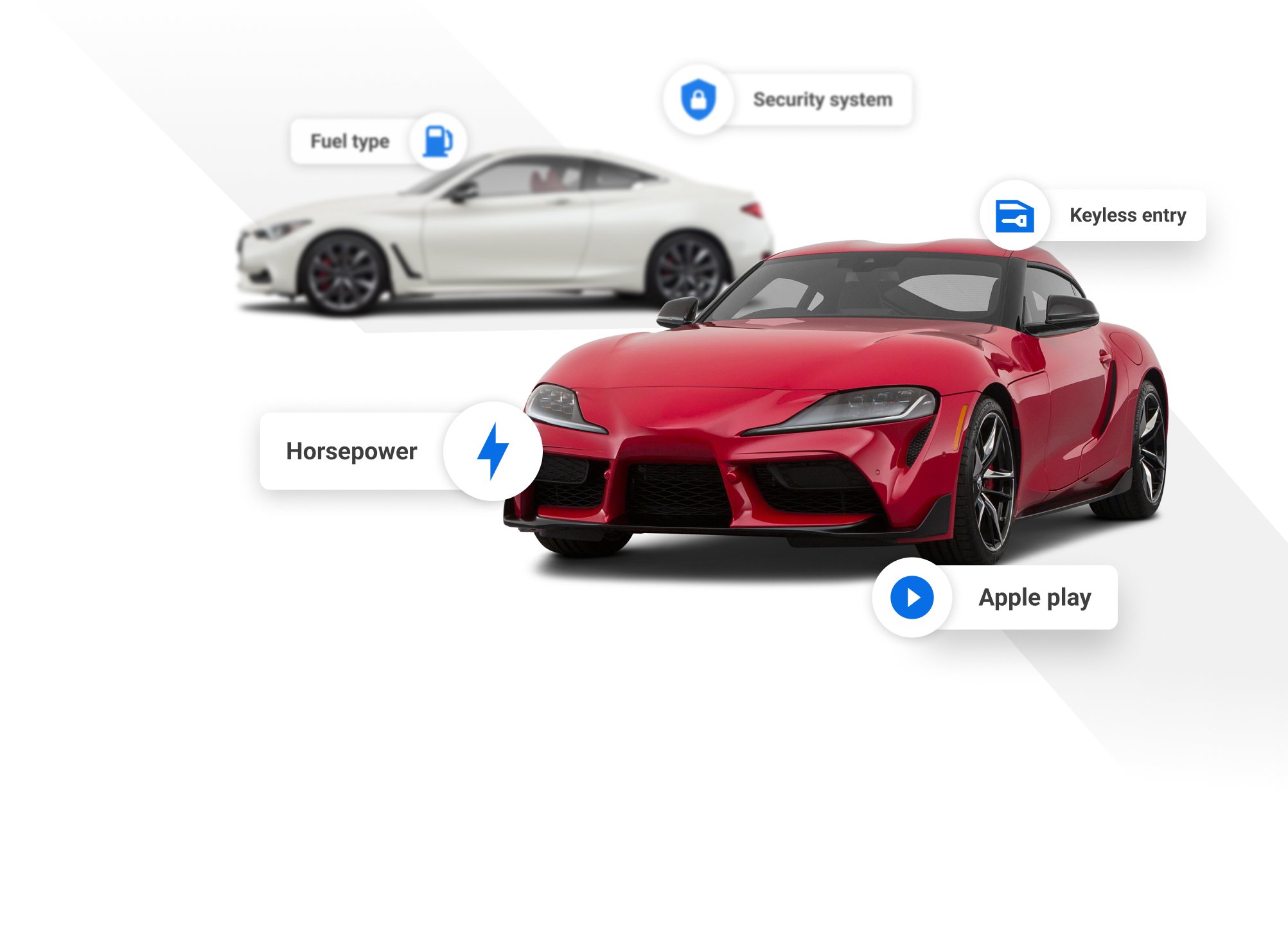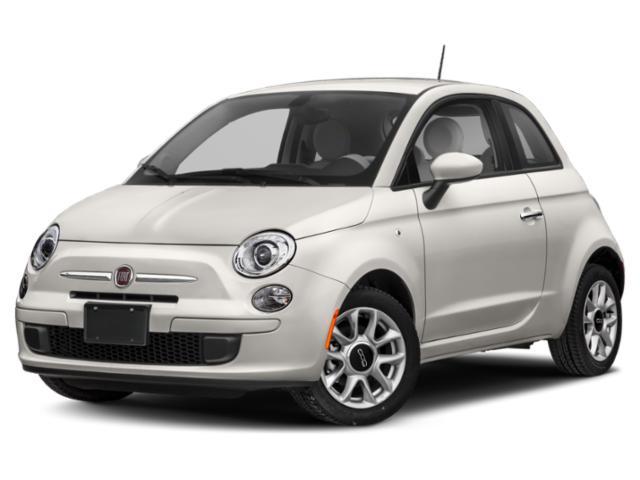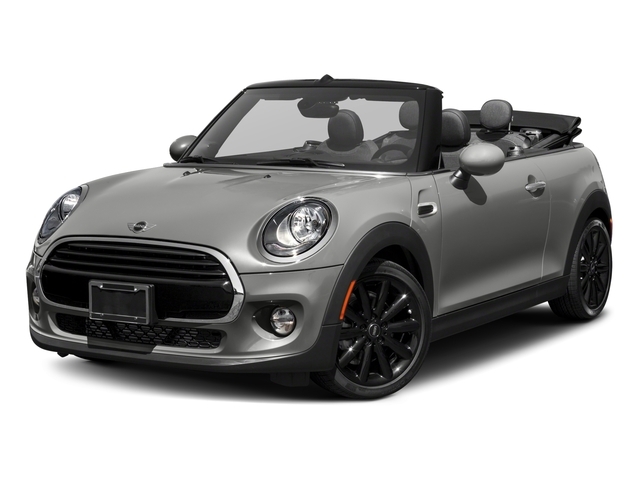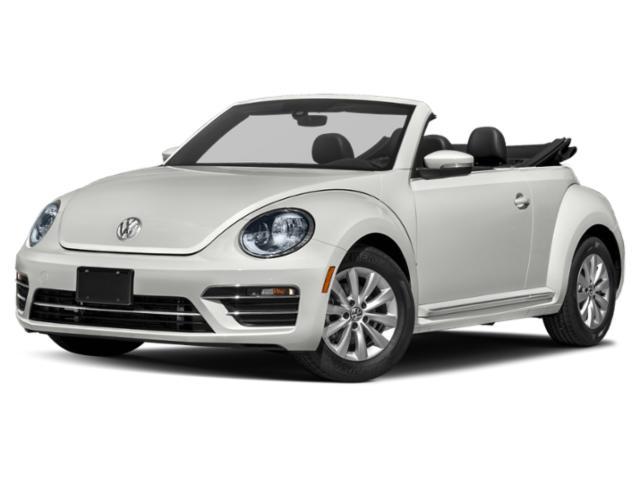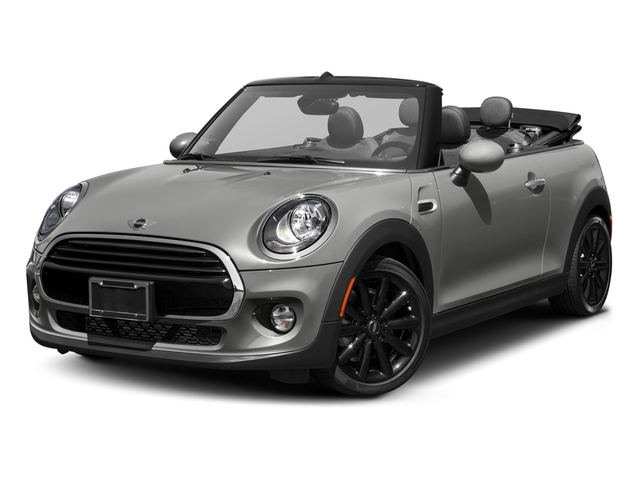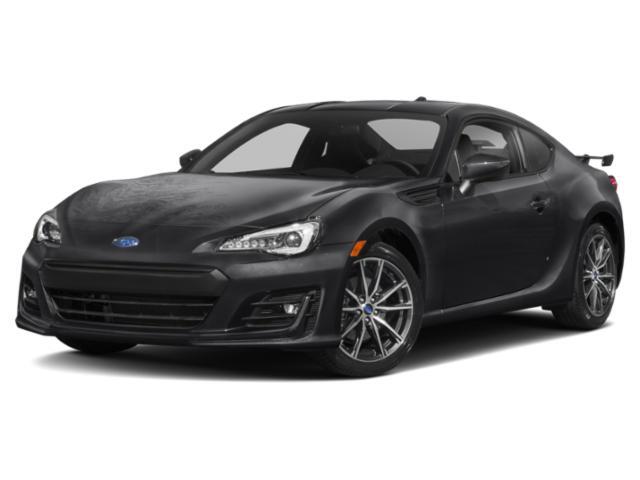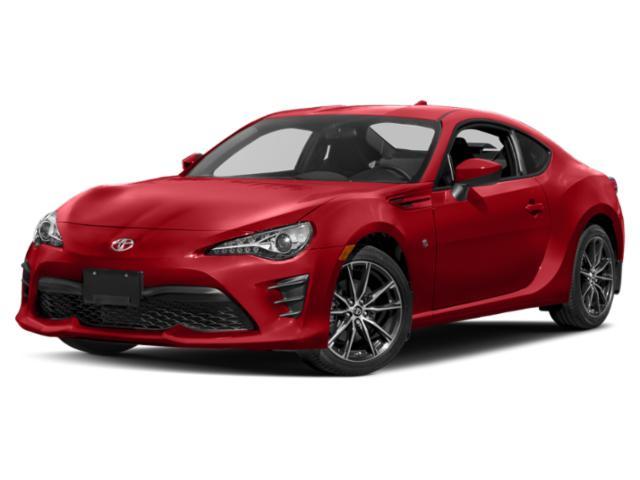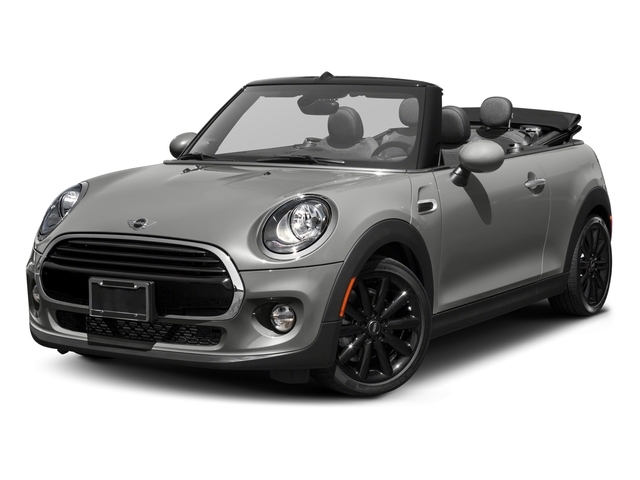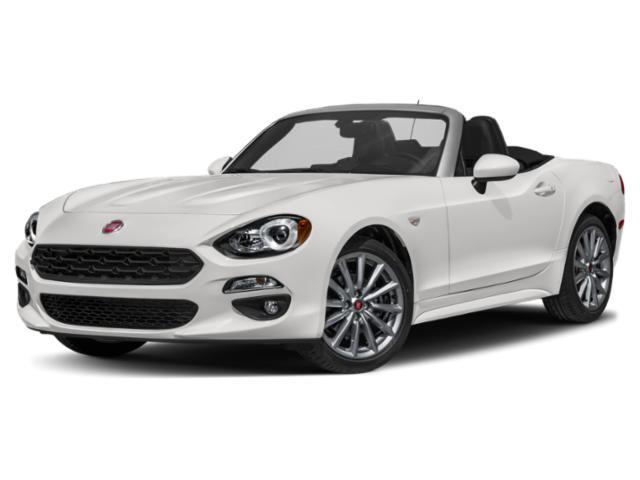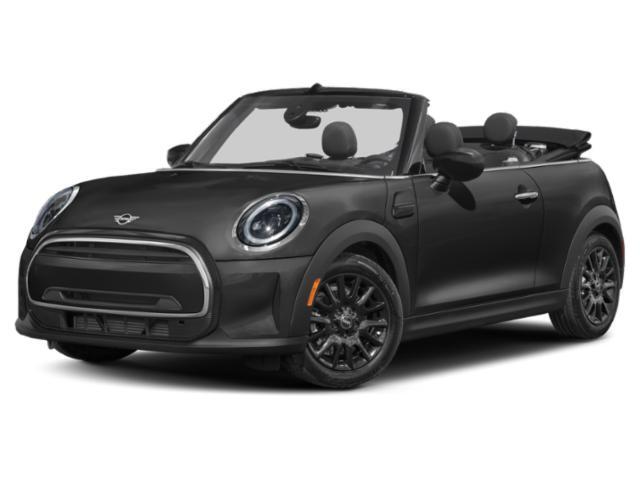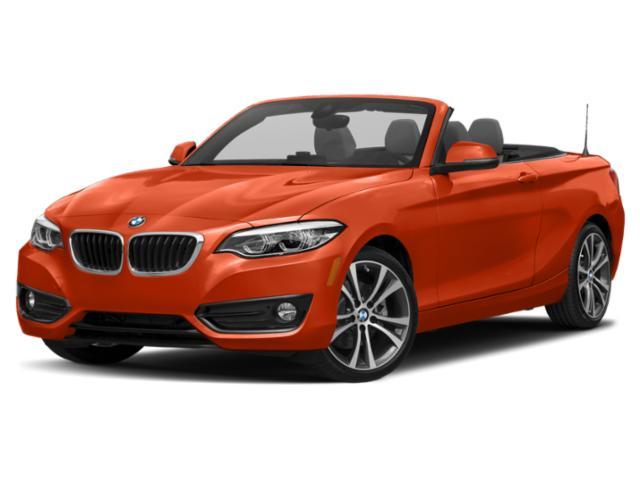
2019 MINI Cooper Convertible

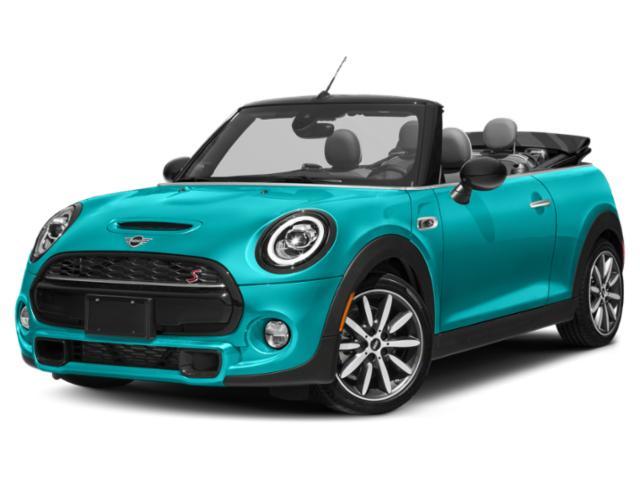
Key Specifications for 2019 MINI Cooper Convertible






Buyer’s Guide
Small, affordable soft-tops are in short supply in today's marketplace, but the ones you can buy are some of the most entertaining cars you can buy. One that comes to mind is the Mazda MX-5, and the other is this car, the Mini Cooper convertible.
This was the last variant to move to the Cooper's current platform in 2016, a migration that began in 2014 with the three-door hatchback model and a five-door introduced in 2015.
That progression saw the Mini Cooper mature a lot, gaining improvements in refinement, performance fuel economy, but critics decried the car's added weight and size. Both were seen as anathema to a car that pays homage to one that was once so small it made other compacts look comparatively massive.
This year brings a mid-cycle update to the Cooper convertible, along with its three- and five-door siblings, which are covered in their own buyer's guide entries. New details include LED taillights that reveal a Union Jack motif when illuminated, reflecting the car's British heritage. There are new wheel designs and more colour and leather upholstery options, and a multifunction steering wheel, 6.5-inch colour infotainment display and Bluetooth are now standard across the range. Wireless smartphone charging is on offer, too.
Notable Cooper convertible characteristics carried forward from last year include a fabric roof that can be slid back partway to reveal a sunroof of sorts.
Where the Cooper hatchback models are positioned upscale of other subcompacts, there's less to compare the convertible to. As we wrote up top, this car's only true competitor is the MX-5, but buyers willing to give up on open-air motoring might see value in the Nissan 370Z coupe, which carries a surprising sub-$30,000 starting price that's only about a thousand bucks more than the cheapest Cooper convertible.
Unchanged are the Cooper convertible's drivetrain options. Standard power comes from a 1.5L turbo three-cylinder that makes 134 hp and 162 lb-ft of torque; it comes with a six-speed manual transmission that can be optioned to a six-speed automatic.
Move up to the Cooper S for a 2.0L four-cylinder turbo that makes 189 hp and 207 lb-ft, or the John Cooper Works for 228 hp and 236 lb-ft. Both of those variants also use six-speed transmissions.
The three-cylinder is torquey and efficient, but the 2.0L's higher-revving nature is a better fit for this car's fun personality.
The Cooper comes with dynamic cruise control and a leather-wrapped steering wheel. Options include an essentials pack that adds a panoramic roof, heated seats and front fog lights. A loaded package adds sport seats, and automatic wipers. LED headlights navigation via an 8.8-inch touchscreen are options, along with a parking assistant, and Mini offers a choice of colourways, including a contrasting roof.
Cooper S adds sport seats as standard, along with selectable driving modes. The Cooper S can be had with the same options and packages as the Cooper, but also gets a JCW appearance package for drivers who want the look but don't care about the JCW's extra power.
The proper John Cooper Works model brings upgraded seating and a sport suspension. It also has LED lights as standard, along with the JCW body kit.
Fuel consumption estimates are 8.4/6.3 L/100 km (city/highway) for the Cooper fitted with a manual transmission; ratings with the automatic are 8.7/6.8. The Cooper S is more efficient with the automatic, at 9.3/7.1, and 10.3/7.4 with the stickshift, while the JCW's ratings are 9.8/7.3 with the auto and 10.8/7.7 when fitted with the auto.
Review & Compare:
Photos

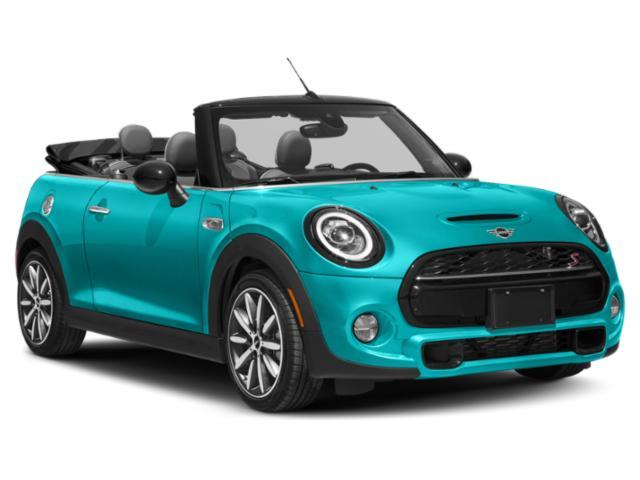
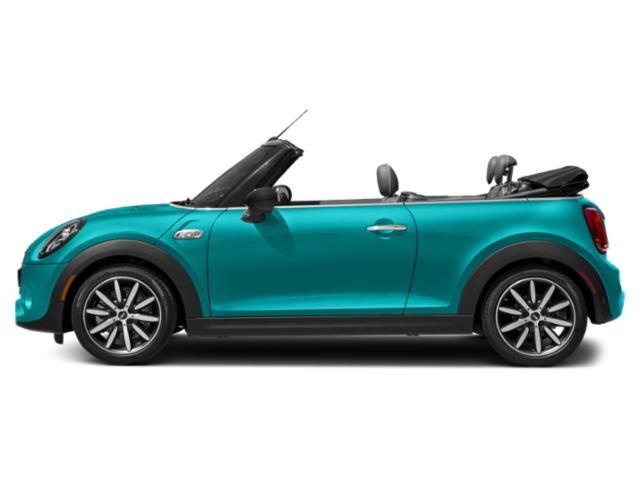
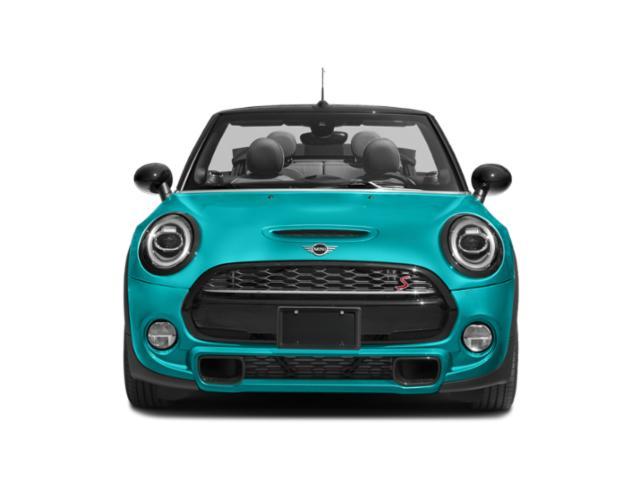


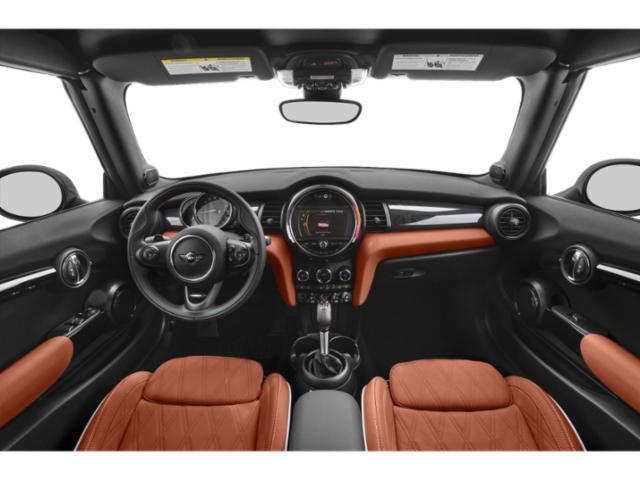

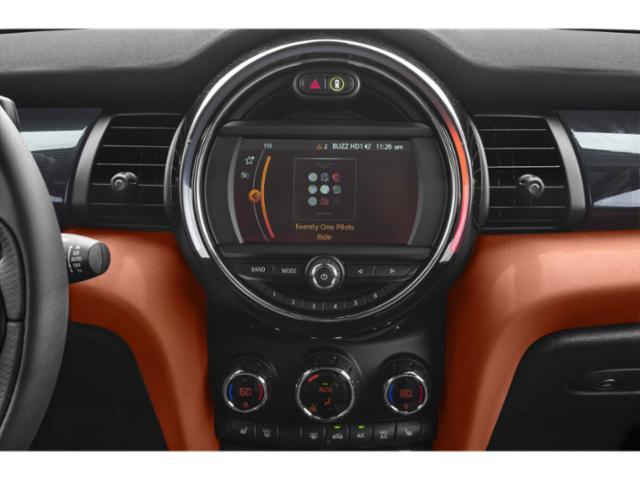
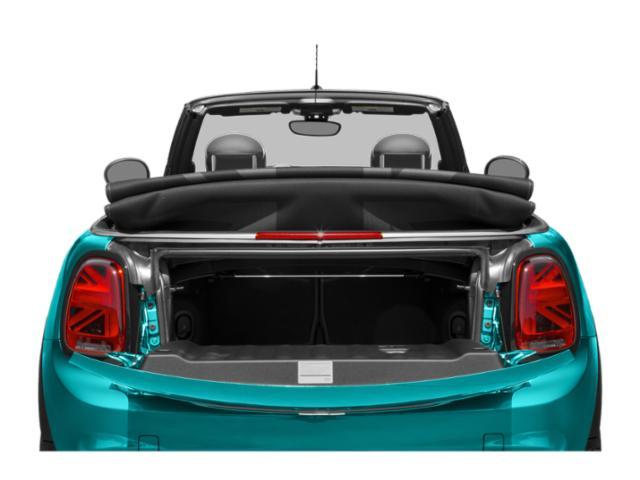
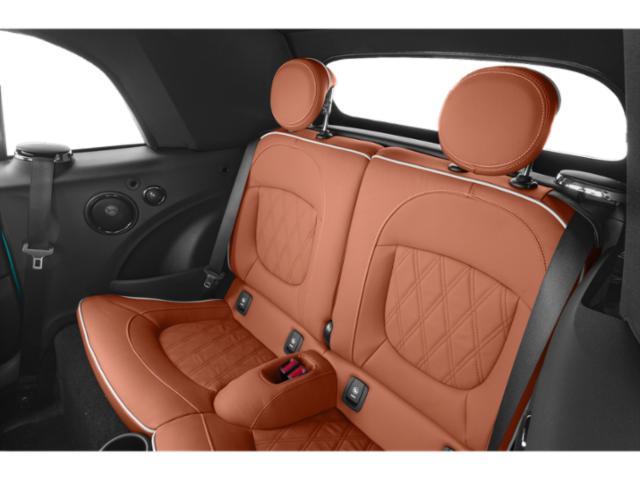

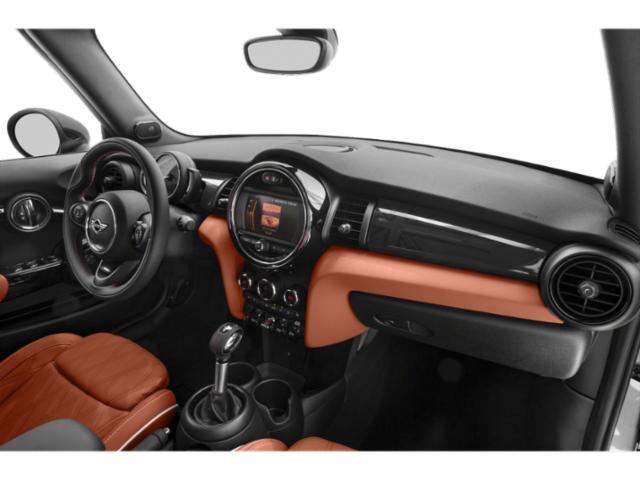













AutoTrader Review


This vehicle has not yet been reviewed



